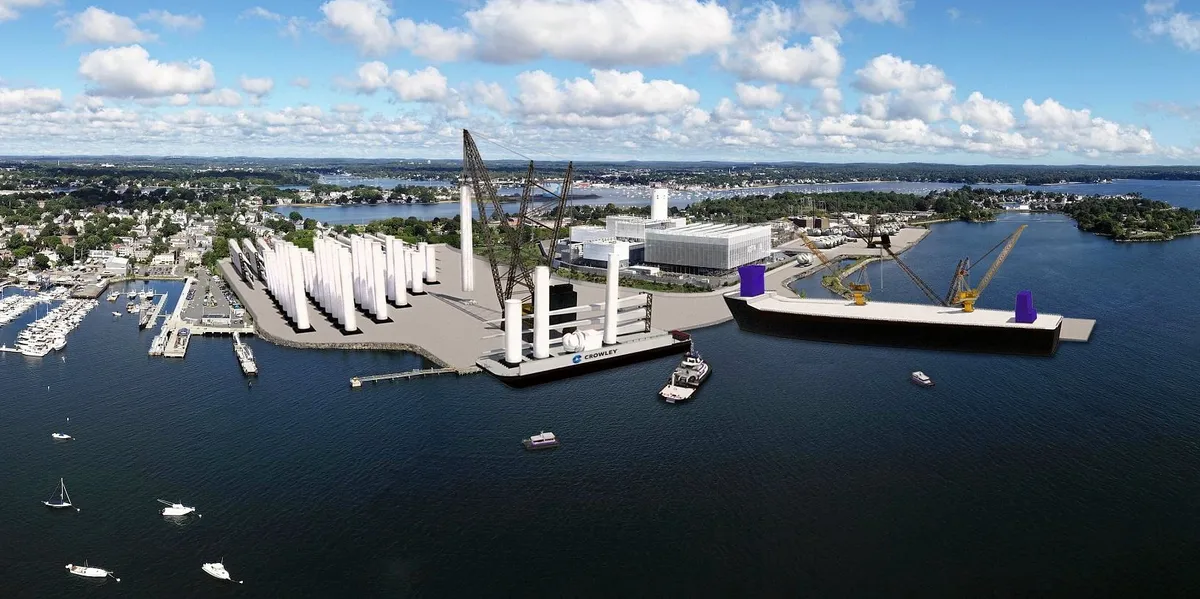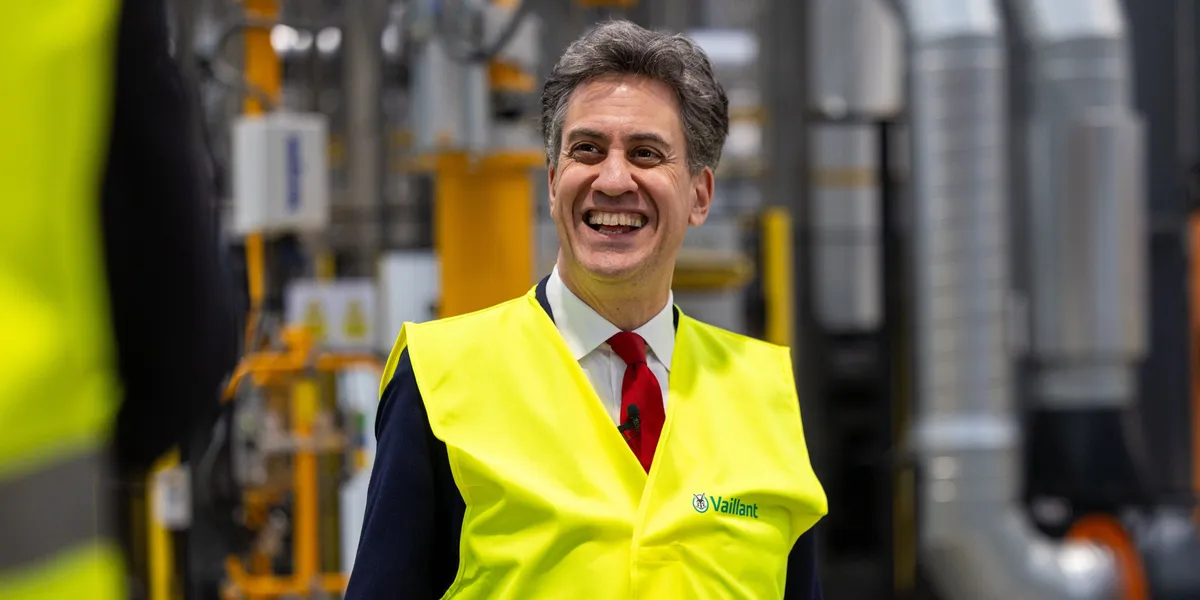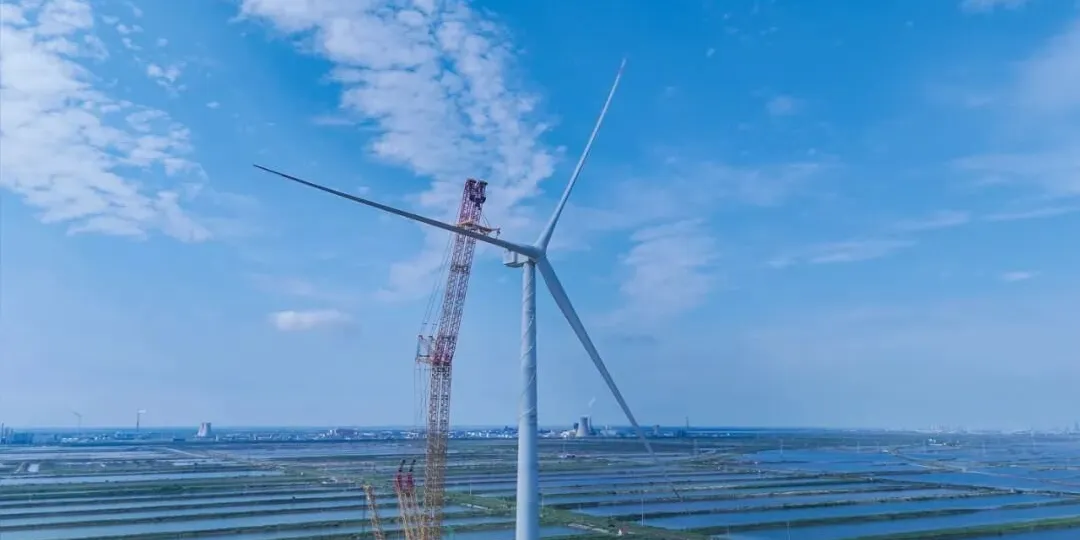Contributed by Denys Syntiuk, CEO & Co-founder – AIDI Solar | Cognitivision Senior Member – IEEE, IAENG
Renewable energy is no longer a distant vision of the future – it’s happening here and now. With solar installations set to cross 1 terawatt by 2025 and wind energy already playing a vital role in powering nations like the US and EU, the industry is expanding at a breathtaking pace. But with that growth comes a new set of challenges – and a call for change.
At the heart of this transformation lies a simple truth: Managing all these assets efficiently has never been more important. Operations and maintenance (O&M) in solar and wind farms aren’t just routine tasks – they directly impact the reliability of our power supply, the profitability of projects, and our ability to meet climate goals.
And yet, traditional asset management often can’t keep up. Manual inspections, reactive repairs, and siloed systems simply don’t scale. The result? Wasted resources, missed warnings and expensive downtime. That’s where this brief comes in.
We take a closer look at the biggest pain points in managing renewable energy assets – from labor shortages to data overload – and explore how artificial intelligence (AI), especially large language models (LLMs), can help rewrite the rules. Backed by real-world case studies, expert analysis, and industry data from sources like IRENA, McKinsey and BloombergNEF, this isn’t just a theoretical vision – it’s a glimpse into a smarter, more sustainable future already being built.
Market Size & Why Asset Management Matters
The shift to renewables has been nothing short of explosive. Solar alone has already surpassed 1 TW in capacity, and wind isn’t far behind. But more installations also mean more responsibility: Every turbine and solar panel needs to be inspected, maintained and optimized – often across vast, remote landscapes.
And it’s not a minor line item in the budget. In fact, operations and maintenance can eat up to 25% of a renewable project’s total lifetime cost. That’s a staggering number when you consider how lean the margins in green energy can be.
But the cost isn’t just financial – it’s operational, too. A single failure can ripple across the grid, triggering production losses, emergency repairs and even fines. Take Europe’s offshore wind sector, for instance: in 2023, maintenance costs and downtime surged nearly 7%, largely due to a spike in component failures from aging infrastructure. It’s a stark reminder that as equipment gets older, things inevitably break – and fixing them isn’t getting any easier or cheaper.


In this environment, asset performance is everything. Return on investment doesn’t end when
the turbines start spinning. It’s about how well they run – year after year, decade after decade.
That’s why modern asset management isn’t just an operational necessity. It’s a competitive
advantage.
The Human Side of the Challenge
Let’s be honest – the renewable sector is growing faster than people can keep up. Literally.
According to the Global Wind Organization, we’ll need more than half a million trained wind technicians by 2028. That’s 532,000 skilled workers – and we’re not even close. In fact, 40% of these roles will need completely new talent. The US Department of Energy warns of a deepening gap between the number of jobs and the number of people qualified to fill them.
Europe’s not immune either. Technicians are aging out, and digital tools are evolving faster than the workforce can adapt. On the ground, it’s even tougher: Technicians scaling wind turbines in rough weather, walking solar arrays under scorching sun, chasing invisible defects like microcracks and hotspots. It’s hard, dangerous, exhausting work – and it doesn’t scale.
What the industry needs now is support – not just in people, but in tools. Digital tools. Intelligent tools. Systems that can help smaller human teams do far more, with far less.
Data Overload & Fragmentation
Here’s the irony: Modern turbines and solar farms are incredibly smart. Packed with sensors that track everything from temperature to vibration, they generate mind-boggling volumes of data – often updating in real-time.
But having data isn’t the same as using it. In fact, most of it goes underused or completely ignored. Why? Because it’s fragmented, scattered across disconnected platforms – inverters over here, weather stations over there, trackers somewhere else. It’s like trying to solve a puzzle with half the pieces in someone else’s box.
Without a centralized analytics hub, critical warning signs slip through the cracks. Take a simple example: a drop in power generation might seem like a fluke – until you realize it lines up with a missed panel cleaning. That small delay can translate into real losses.
Bottom line: the volume and fragmentation of data isn’t just a tech issue – it’s an operational risk. And solving it requires more than spreadsheets and dashboards. It needs AI-level thinking.
Complexity and Fragility: The Real Face of Renewable Infrastructure
Managing solar and wind farms isn’t like keeping an engine running – it’s like keeping thousands of engines, sensors, blades and circuits working in perfect harmony. Every wind turbine is a beast of engineering, with hundreds of moving parts – rotors the size of football fields, gearboxes weighing tons, advanced electronics and control systems.
And each one of those components? It wears out differently, breaks down unpredictably, and depends on a dozen others to function properly.
Solar is no simpler. A single plant might have tens of thousands of panels wired into strings, all feeding data to inverters, transformers and tracking systems. When performance drops, the cause could be anything – a cracked module, a shady cloud or a faltering inverter board. Diagnosing that quickly isn’t just a nice-to-have. It’s business-critical.
Then there’s age. A huge portion of renewable infrastructure is already 10–15 years into its lifecycle. Failures are increasing. Spare parts take longer to get. Repair crews are harder to find. And if you’re running an offshore wind farm? You might have to wait a week – and pay millions – just to get a crane ship out to sea.
It’s not sustainable. The system is groaning under its own weight – and it needs smarter support.
Real-Time Response: The Difference Between Downtime and Disaster
In renewable energy, time isn’t just money – it’s power, quite literally.
Solar and wind aren’t predictable like coal or gas. They react to weather, sunlight and grid demands in real time. Which means the systems managing them must do the same.
Imagine a sensor on a wind turbine detecting a vibration – something’s off in the rotor. If no one catches it quickly, that crack could grow, leading to a catastrophic failure. But if an AI system flags it immediately? You save the turbine, the downtime, and possibly millions.
Now scale that to a thousand turbines, tens of thousands of panels and gigawatts of distributed energy. No human team can monitor that flood of data 24/7. But AI can. Not only to detect issues, but to optimize performance on the fly – like shifting battery charging schedules based on cloud cover or ramping generation to match grid needs.
Google DeepMind already did this – boosting the market value of wind power by 20% through AI-powered forecasting. That’s not science fiction. That’s happening now.
The message is clear: when AI takes the wheel, response times drop from hours to seconds. And in this industry, those seconds are everything.
AI Agents: From Buzzword to Backbone
Let’s strip away the hype. AI isn’t just a buzzword in clean energy anymore – it’s becoming the operational backbone. According to IRENA, weaving AI and automation into the very fabric of asset management isn’t just smart – it’s essential. Why? Because these systems are now too vast, too complex and too dynamic for human intuition alone.
Here’s what modern AI and machine learning can really do:
- See the invisible: AI can recognize subtle data patterns that humans would miss – the early signals of a failing gearbox or microcrack that hasn’t yet affected performance.
- Act with precision: No more guesswork. Condition-based maintenance means fixing things only when needed – not too early, not too late. AI-driven O&M platforms are already showing how this can cut waste and downtime.
- Never sleep: AI agents analyze operational data 24/7, flagging deviations, triggering alerts, even shutting down a misbehaving inverter before it causes damage.
- Empower humans in the field: Imagine a technician using an AI app that not only diagnoses a fault in real time, but recommends exactly which part to replace – and checks if it’s in stock. That’s not replacing the worker. That’s supercharging them.
- Boost energy output: AI can tune panel angles, optimize hybrid battery schedules, and even simulate “what-if” scenarios through digital twins – saving time, money, and energy.
In short: AI doesn’t just help you maintain renewable assets. It helps you master them.
Real Results: When AI Meets the Real World
The promise of AI in renewable energy isn’t just theoretical – it’s already delivering powerful, measurable results in the field.
Take Suzlon, one of the world’s largest wind companies. By deploying predictive AI algorithms across 700 turbines, they saved an estimated $35 million – roughly $50,000 per turbine. The AI predicted 83% of gearbox failures up to 45 days in advance, giving teams time to act without disrupting operations.
At the University of California, AI-enabled solar farms increased energy generation by 27% and cut downtime by 15%, just by catching issues like microcracks before they turned into major losses.
Across Europe, machine learning systems deployed across PV assets achieved 89% issue prevention, improved operational efficiency by 31%, and delivered savings of over €2.3 million in three years.
And in India, Param Renewables used IBM’s AI platform to monitor over 6 GW of assets. The result? A 25% drop in controllable energy losses, with real-time decision-making helping field technicians stay one step ahead.
These aren’t just numbers. They’re proof that AI can radically improve reliability, productivity and profitability – all at once.
Managing solar and wind infrastructure has always been a massive challenge – but it’s also a massive opportunity. As systems grow in complexity and data flows become overwhelming, we’re reaching a point where human effort alone is no longer enough.
AI isn’t here to replace people. It’s here to enable them, to lift the weight, to reveal what we couldn’t see, and to act when we no longer can afford delay. It transforms raw data into clarity, slow reaction into real-time resilience, and guesswork into guidance.
And this shift isn’t optional. As global energy systems become more distributed, dynamic, and digital, AI is the only way to scale – not just technology, but trust, performance and sustainability.
So the question is no longer “if” we integrate AI. It’s “how fast can we do it?” Because the future of renewable energy is already arriving and it’s powered by intelligence – not just natural, but artificial too.








